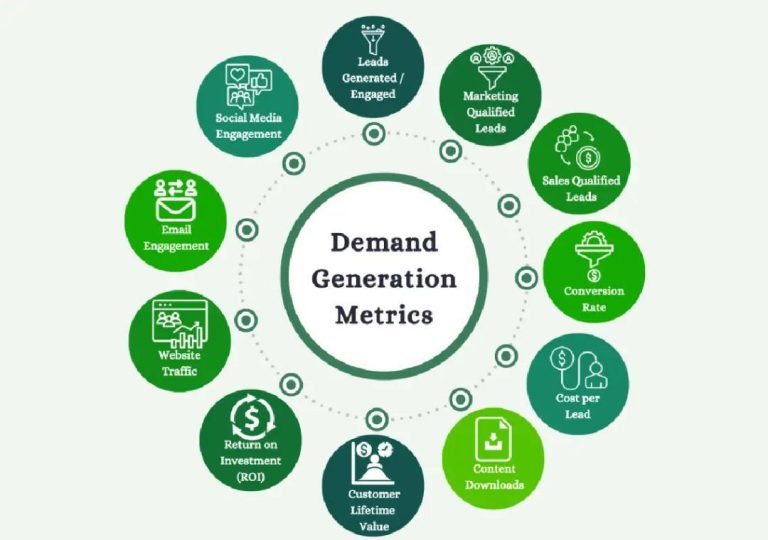
Are Decisions in Your Company Real-Time or Review-Meeting Based?
In today’s fast-paced business environment, decision-making is more critical than ever. Companies that can respond quickly to changing market conditions and customer needs have a significant competitive advantage. However, many organizations still rely on a traditional decision-making process that involves manual reviews and approvals. This approach can lead to delays, inefficiencies, and a lack of agility.
The rise of AI-powered decision-making is changing this landscape. By leveraging machine learning and automation, companies can make high-frequency decisions without being bottlenecked by human reviewers. This shift is not only increasing the speed of decision-making but also improving decision quality and scalability.
In this post, we’ll explore the benefits of real-time decision-making and how AI-powered companies are achieving this breakthrough. We’ll also discuss the importance of governance and oversight in this new landscape and provide insights from leaders in AI firms.
The Traditional Approach to Decision-Making
In the past, decision-making was a manual process that involved human reviewers and approvals. This approach was often slow and laborious, with decisions being made after a lengthy review process. While this approach may have been sufficient in the past, it is no longer suitable for today’s fast-paced business environment.
The traditional approach to decision-making is often characterized by:
- Long review cycles: Decisions are delayed due to the need for multiple reviewers to provide input and approval.
- Human bias: Decisions are often influenced by personal opinions and biases, which can lead to suboptimal outcomes.
- Limited scalability: The manual review process can become overwhelming as the volume of decisions increases, leading to delays and inefficiencies.
The Rise of AI-Powered Decision-Making
AI-powered decision-making is a game-changer for companies looking to improve their decision-making processes. By leveraging machine learning and automation, companies can make high-frequency decisions without being bottlenecked by human reviewers.
AI-powered decision-making is characterized by:
- Real-time decisions: Decisions are made in real-time, without the need for lengthy review cycles.
- Objectivity: Decisions are based on data and algorithms, rather than personal opinions and biases.
- Scalability: The automated review process can handle high volumes of decisions, without the need for human intervention.
Benefits of Real-Time Decision-Making
Real-time decision-making offers several benefits for companies, including:
- Improved speed: Decisions are made faster, allowing companies to respond quickly to changing market conditions and customer needs.
- Increased agility: Companies can adapt quickly to new opportunities and challenges, improving their competitiveness.
- Better decision quality: Decisions are based on data and algorithms, rather than personal opinions and biases, leading to better outcomes.
- Improved scalability: The automated review process can handle high volumes of decisions, without the need for human intervention.
Case Studies of AI-Powered Companies
Several companies are already achieving impressive results with AI-powered decision-making. For example:
- A leading insurance company used AI to automate its claims processing, reducing the processing time from 30 days to just 10 minutes.
- A major retailer used AI to optimize its inventory management, reducing stockouts by 30% and overstocking by 20%.
- A financial services company used AI to automate its credit risk assessment, reducing the time it takes to make a decision from 30 days to just 30 minutes.
Lessons from Leaders in AI Firms
Leaders in AI firms are focusing on governance and oversight, rather than approvals. This shift is allowing them to scale their decision-making processes while maintaining high-quality decisions.
According to an interview with the CEO of a leading AI firm, “We’re not just automating decisions, we’re automating the decision-making process. We’re using machine learning to identify patterns and make predictions, and then we’re using human oversight to ensure that the decisions are accurate and fair.”
The Importance of Governance and Oversight
Governance and oversight are critical components of AI-powered decision-making. While AI can make high-frequency decisions, it’s essential to ensure that these decisions are accurate, fair, and transparent.
Companies should establish clear guidelines and protocols for AI-powered decision-making, including:
- Data quality: Ensuring that the data used to make decisions is accurate, complete, and relevant.
- Model performance: Monitoring the performance of AI models to ensure they are making accurate predictions.
- Transparency: Providing transparency into the decision-making process, including the data used and the algorithms applied.
- Human oversight: Establishing a human oversight process to review and validate AI-driven decisions.
Conclusion
The shift to AI-powered decision-making is revolutionizing the way companies make decisions. By leveraging machine learning and automation, companies can make high-frequency decisions without being bottlenecked by human reviewers. This approach is not only improving the speed and quality of decision-making but also increasing scalability.
As companies continue to adopt AI-powered decision-making, it’s essential to focus on governance and oversight. By establishing clear guidelines and protocols, companies can ensure that AI-driven decisions are accurate, fair, and transparent.
For more insights on AI-powered decision-making, check out our latest blog post: “AI Companies’ Performance Breakthrough: How Real-Time Decision-Making is Driving Success”
References:
https://www.growthjockey.com/blogs/ai-companies-performance-breakthrough






